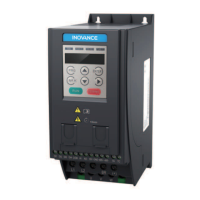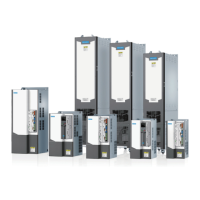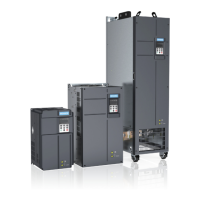Function Application
‑624‑
Figure 3‑70 Application of open‑loop torque control
In the preceding figure, the winding machine runs in open‑loop torque control mode.
The roll diameter is calculated based on the linear speed and the target torque is
updated based on the set material tension and current roll diameter. You can set the
friction compensation torque and dynamic inertia compensation torque as needed to
improve the tension control effect.
3.6.3 Closed-Loop Torque Control
In this mode, a tension sensor is used to upload the material tension and the target
frequency is regulated in closed‑loop mode to ensure constant tension.
The main + PID mode or pure PID mode can be configured as needed. The main + PID
mode incorporates the operation torque in tension open‑loop torque mode based on
the closed‑loop regulation, whereas the pure PID mode achieves constant tension
control through torque adjustment by pure PID. To optimize dynamic response,
enable friction and inertia compensation. This mode is applicable to materials with
regular elasticity or scenarios with small speed adjustment margin.
Figure 3‑71 Application of closed‑loop torque control
In the preceding figure, when the winding machine works in closed‑loop torque
control mode, two AI signal channels receive tension sensor signals and running

